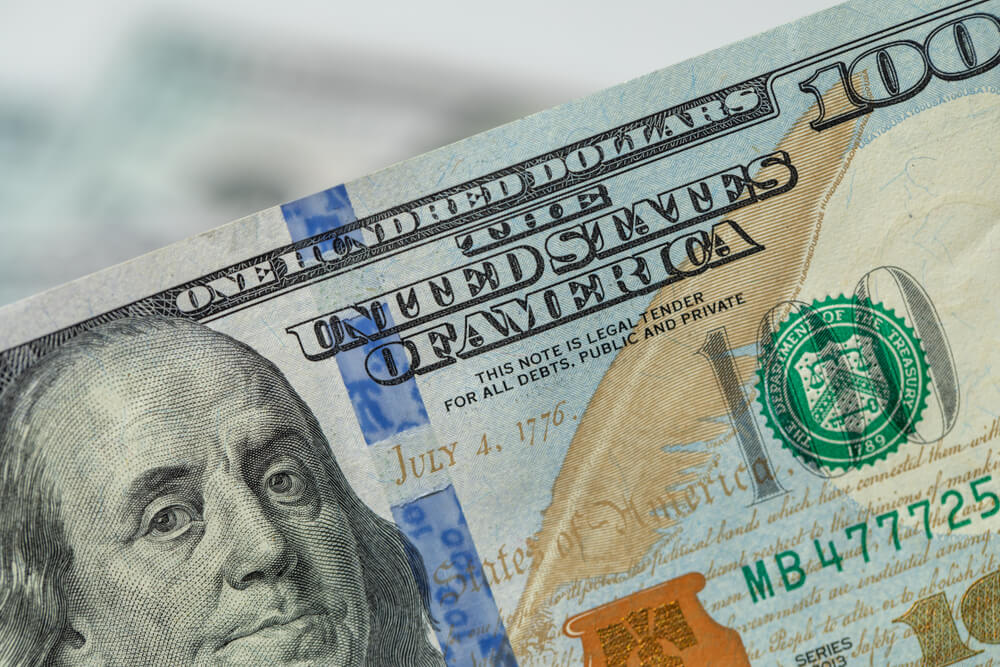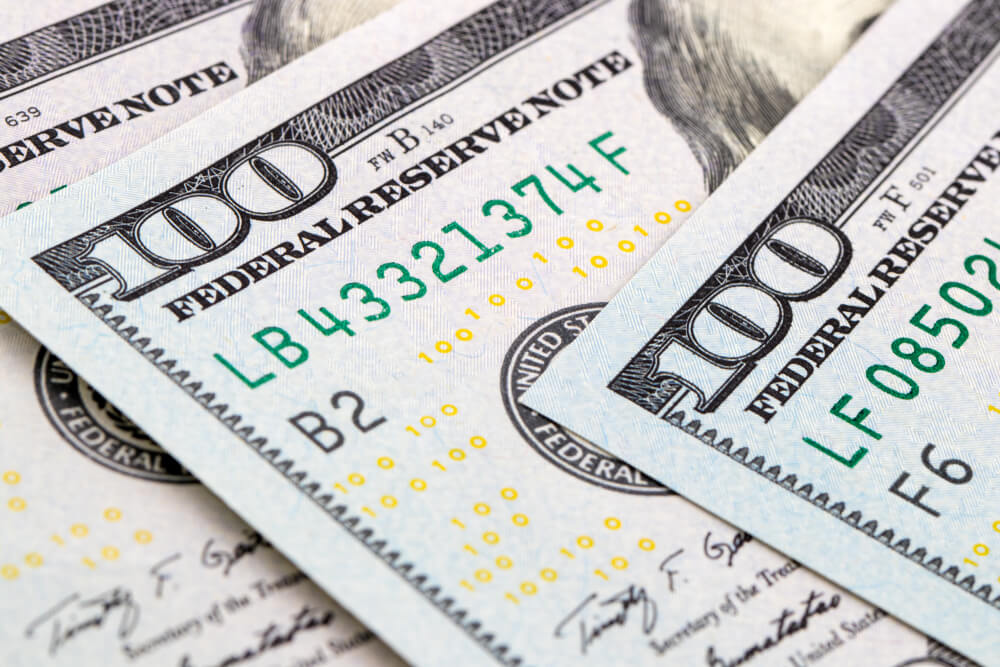The dollar slipped from a 20-year high in early European trade Tuesday, as advances in global equities markets saw risk appetite revive to the expense of this safe haven.
The Dollar Index, which monitors the dollar against a basket of six other currencies, was 0.2 percent lower at 103.953 at 3:15 a.m. E.T. (0715 GMT), down from Friday’s high of 105, its best since December 2002. “Risk assets are frantically seeking some stability following seven weeks of losses in U.S. shares, increasing market fears over the combination of a global economic slowdown and monetary tightening,” according to ING strategists. As speculators think aggressive near-term interest rate rises from the U.S. Federal Reserve will drag on long-term U.S. growth, the dollar has dipped from a two-decade high as U.S. bond rates have pulled back modestly.
The U.S. Economic Slowdown Continues
The Empire State manufacturing index, published by the New York Fed, fell sharply in May, adding to signs of a U.S. economic slowdown. According to Goldman Sachs research, the U.S. dollar normally gains as a recession approaches. Still, its performance is more mixed once it occurs. According to the renowned investment firm, the euro might go on one of two paths in the next weeks. The dollar will drop as investors shift to riskier assets if the global economic forecast improves. If the world economy enters a recession, the dollar’s fate remains unclear. The Japanese yen is likely to outperform the dollar, as it does during recessions.
Investors are now looking forward to remarks by Fed Chairman Powell and other policymakers. EUR/USD gained 0.3 percent to 1.0460, recovering from a low of 1.0354 last week, its lowest level since early 2017; GBP/USD gained 0.6 percent to 1.2391, recovering from a low of 1.2156 last week, aided by data showing the U.K. unemployment rate falling to its lowest level since the early 1970s. The dollar index increased 0.2 percent to 129.37, while the yen fell as traders opted for riskier assets.















